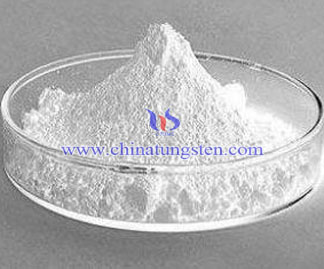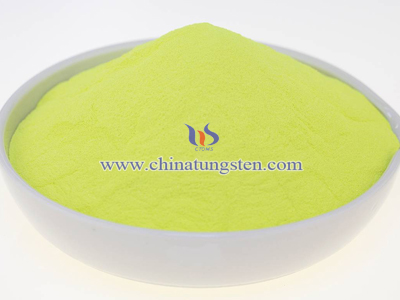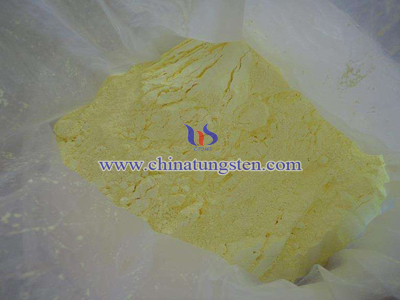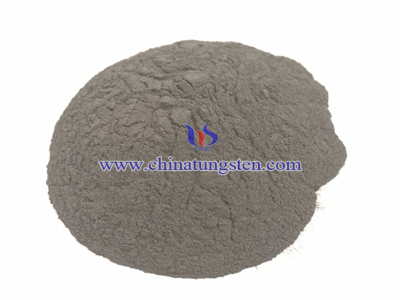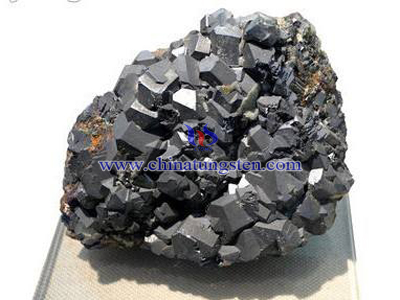Photochromic Material
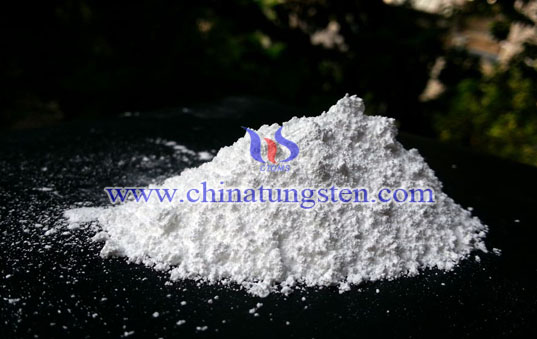
Photochromic material can be divided into organic photochromic material and inorganic photochromic material.
Organic compounds such as furans spiral bared compounds, azo compounds and polycyclic aromatic compounds also have photochromic properties, but they are more used in paint and other fields which has not yet been applied to a photochromic glass, because of its flammable, odor and other characteristics.
Inorganic transition metal oxide was found to have a higher photochromic properties, the advantage is non-toxic, difficult to burn, inexpensive and easy to get. WO3 and TiO2 which is considered ideal and efficient photochromic material, but also has a wide source of raw materials, stable performance, abrasion, corrosion resistance, high temperature resistance and other advantages. After market analysis and documentation demonstrated at home and abroad, it can be expected that WO3 and TiO2 material may be used in the photochromic energy-saving glass. But so far, there were no such photochromic energy-saving glass products.
Photochromic materials have important applications in energy conversion, display devices such as windows and other sensitive areas, are widely used in military and civilian aspects of manufacturing all kinds of goggles, architectural glass, automotive, aircraft, and some electronic display devices and so on. An organic compound having an excellent molecular modification and cutting functions, but they have obvious shortcomings in terms of stability and rugged areas. Transition metal acid compound represented by inorganic materials have excellent optical, electrical and magnetic properties, and special determine the structure has been applied in many fields. However, because these materials are composed of inorganic elements, it is difficult to control its size, shape and physical-chemical properties. How the two complementary properties of the inorganic and organic compounds combine to build a stable, strong, new composite structure plastic photochromic materials of inorganic chemistry and materials has become an important topic in the field of chemistry.

